Cruisin' Easy: Tips for New Riders Looking to Master Riding a Harley Davidson
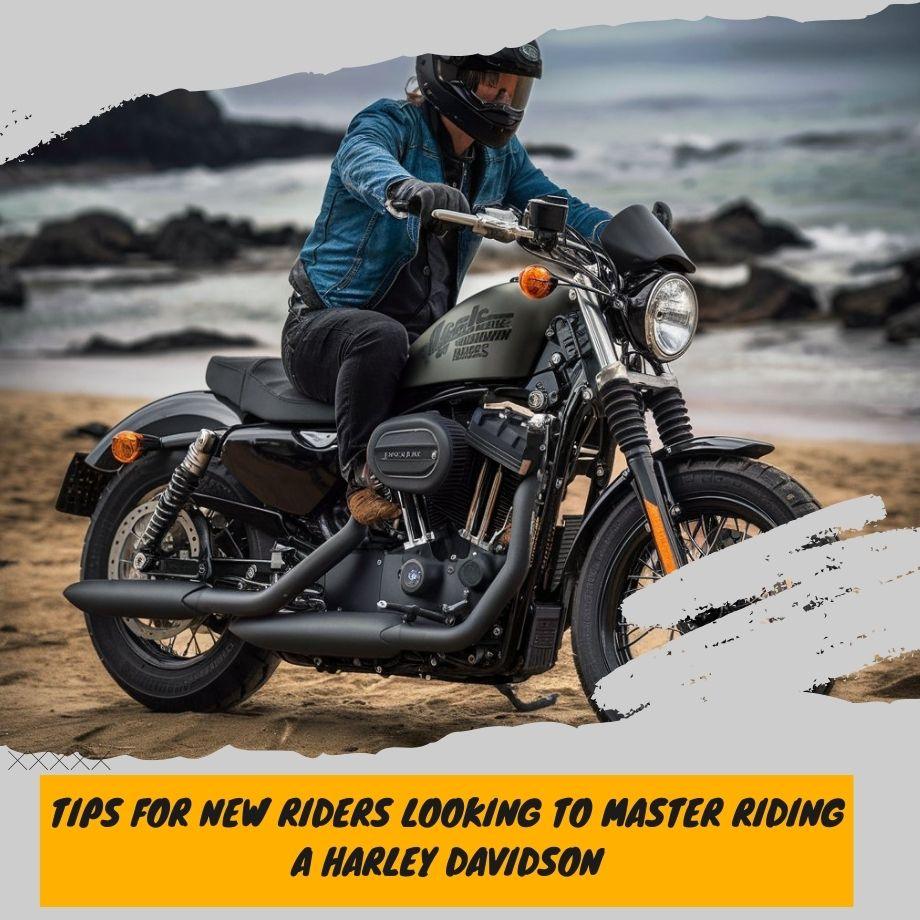
Published Date: 2024-04-17Update Date: 2024-05-17
Harley-Davidson motorcycles have been an icon of American culture for over 100 years.
William S. Harley and Arthur D. Davidson founded the company in 1903. During the Great Depression, Harley-Davidson was one of only two American motorcycle companies that survived.
Classic Harley designs such as the Knucklehead, Panhead, and Shovelhead have become iconic icons of American liberty and rebellion.
Although Harley-Davidson has had its ups and downs over the years, it is still one of the most famous and sought-after motorcycle names in the world.
Harleys are renowned for their powerful V-twin engines, throaty exhaust sound, abundant chrome, and large touring bikes.
People often describe riding a Harley-Davidson as an exclusive brotherhood, with Harley owners renowned for their strong camaraderie and loyalty.
Today, Harley-Davidson continues to manufacture classic cruiser and touring bikes like the Road King, Street Glide, and Fat Boy.
The company has also expanded into new segments, like adventure touring bikes and electric motorcycles. But no matter the model, riding a Harley is an experience like no other for motorcycle enthusiasts across generations.
Choosing Your Bike
When learning to ride a Harley-Davidson, it's important to choose the right model for your skill level. Harleys come in a few main categories:
Touring
Touring bikes like the Road King, Street Glide(See Also: Street Glide Exhaust Tips), Ultra Classic, and Road Glide are the biggest, heaviest Harleys.
They have large engines and lots of storage space for long trips. While touring bikes are extremely comfortable for long rides, they can be more challenging for beginners to handle due to their size and weight.
Softail
Softail models like the Fat Boy, Heritage, Slim, Deluxe, and Breakout are lighter and more nimble than touring bikes.
They have exposed rear suspensions that give them a classic look. Softails are a good middle ground between heavy touring bikes and lighter models. They provide a comfortable ride while being easier to maneuver than the big touring motorcycles.
Dyna
Dyna bikes like the Street Bob, Low Rider, Fat Bob, Switchback, and Wide Glide are performance-oriented Harleys.
Their lighter frames allow for quicker handling. Dynas are a good option for intermediate to advanced riders looking for responsive handling. They require more skill to control than Softails or touring models.
Sportster
Sportsters include the 883 and 1200 models. Despite being the lightest Harleys, Sportsters can be more challenging for beginners to control due to their high center of gravity.
However, sportsters are extremely fun to ride. They are nimble bikes, perfect for around town and shorter rides. More experienced riders may find the Sportster too small for long trips.
For first-time riders, a used Softail or Dyna is often the best way to learn. While everyone has different needs, these middleweight Harleys provide a good balance of comfort, handling, and capability.
Take your riding experience into account, and choose a model you feel comfortable learning on. The most important thing is to start with a bike you can safely control.
Harley Davidson Bike Comparison
| Type | Weight | Engine Size | Suitability for Beginners | Typical Use |
|---|---|---|---|---|
| Touring | Heavy | Large | Not Suitable | Long trips |
| Softail | Moderate | Medium | Suitable | Comfortable rides, daily use |
| Dyna | Lighter | Medium to Large | Intermediate | Performance oriented, city and touring |
| Sportster | Lightest | Small to Medium | Suitable | City riding, short trips |
Getting Your Motorcycle License
Before you can legally ride a motorcycle on public roads, you'll need to get a motorcycle license or endorsement. The requirements vary by state but generally involve the following steps:
- Enroll in a motorcycle safety course. Most states require you to complete a basic rider course that covers motorcycle safety and riding skills. The DMV and private organizations frequently offer these courses.
- Pass a written knowledge test. You'll need to study your state's motorcycle operator manual and pass a written test covering rules of the road, signs, and safe riding practices.
- Pass a skills evaluation. This is generally a riding test in a controlled environment to demonstrate that you can operate the motorcycle safely. They test your ability to turn, stop, swerve, and maintain balance at low speeds.
- Apply for a motorcycle license or endorsement. Once you've passed the course, written test, and skills test, you can apply to get your motorcycle license added to your regular driver's license. In some states, this is a separate motorcycle license.
- Pay licensing fees. Fees for motorcycle licenses and testing vary by state but are generally between $50 and $100.
Be sure to study and practice hard for your knowledge and skills tests. Riding a motorcycle takes a lot of coordination and ability, so don't attempt the tests until you feel fully prepared.
We highly recommend taking a motorcycle safety course for all new riders.
Motorcycle License Checklist
| Step | Description | Completed |
|---|---|---|
| 1 | Enroll in a motorcycle safety course | |
| 2 | Pass a written knowledge test | |
| 3 | Complete a skills evaluation | |
| 4 | Apply for the motorcycle license or endorsement |
Buying vs. Renting
When learning to ride a Harley-Davidson for the first time, you'll need to decide whether to buy or rent your motorcycle. There are pros and cons to each option.
Pros of Buying
- You'll always have access to the same bike while learning, which allows you to get fully comfortable with it.
- No rental fees. Once you purchase the bike, you won't have recurring rental costs.
- You can customize and modify the bike to your liking.
- The bike will be an investment. If you take care of it, you can sell it later and get some of your money back.
Cons of Buying
-
High upfront cost. Buying a quality Harley is a big investment for a beginner.
-
You're stuck with that bike while learning. As a beginner, you may realize you want to try different bike styles.
-
More maintenance responsibility. You'll need to handle all maintenance and repairs on a bike you own.
Pros of Renting
-
Low commitment. You can rent for just the time you need to learn.
-
Ability to try different bikes. Rental shops often have various styles to choose from.
-
No maintenance or repairs. The rental company handles all of that.
Cons of Renting
-
Recurring rental fees add up over time.
-
Bikes may be older/more worn. Rental fleets often use older bikes.
-
Lack of customization options. You get the bike as-is.

So in summary, buying gives you more control and investment, while renting offers flexibility.
Consider your budget, how long you want to learn on one bike, and whether you'll want to try different styles. Both options can be great for getting started on a Harley.
Safety Gear
Riding a motorcycle safely requires wearing the proper protective gear. At a minimum, you should wear:
Helmet
A helmet is the most important piece of gear and can save your life in a crash. Choose a DOT-approved helmet that fits snugly and securely. Full face helmets offer the most protection.
Jacket
Look for a motorcycle-specific jacket made of abrasion-resistant material like leather or Kevlar.
It should have armor to protect your elbows, shoulders, and back. A jacket with reflective strips helps you be seen.
Gloves
Your hands are vulnerable in a crash, so wear gloves designed for motorcycle riding. Look for leather or textile gloves with knuckle armor and palm sliders.
Boots
Sturdy over-the-ankle boots protect your feet, ankles, and lower legs. Motorcycle boots have oil-resistant soles and reinforced toes.
Pants
Jeans or leather pants are better than regular pants for sliding protection. Look for motorcycle pants with knee armor pockets. Avoid loose, flapping pants.
Wearing the right gear greatly reduces your risk of injury when riding. Invest in quality safety equipment and make sure to wear it every time you ride. Proper gear gives you protection and peace of mind.
Parts of a Motorcycle
Riding a motorcycle requires getting familiar with the various controls and parts. Here are some of the key components:
Throttle
The throttle is located on the right handlebar and controls the speed of the motorcycle.
Twisting the throttle towards you increases the speed, while rolling it away from you decreases speed. The throttle is very sensitive, so you'll need a gentle touch as you learn to control it. Go slow at first.
Clutch
The clutch lever is located on the left handlebar. It allows you to smoothly engage and disengage power from the engine to the rear wheel.
Using the clutch is important when starting from a stop and shifting gears. Squeeze the lever in to disengage the clutch when coming to a stop or shifting.
Brakes
Motorcycles have brakes on both wheels. The front brake lever is on the right handlebar near the throttle. (See Also: Using the RDRS System)
The rear brake pedal is operated by your right foot. Using both brakes together provides the maximum stopping power. Get a feel for braking gently to avoid skidding.
Gears
The gearshift lever is located near the left foot peg and is operated by your left foot. Shifting up into higher gears is done by pressing the lever down, while shifting down is done by pressing it up.
As you gain speed, you'll shift up through the gears. Coming to a stop, you'll downshift. It takes practice to shift smoothly.
Getting familiar with the location and operation of these key motorcycle parts is essential before hitting the road.
Take time to practice in a parking lot or other safe area. Developing control of the throttle, clutch, brakes and gear shifting is crucial for safe riding.
Starting the Bike
Starting a Harley Davidson for the first time can be an exciting experience. Here are some tips for getting familiar with your bike before hitting the road:
-
Make sure the bike is in neutral before starting. The neutral light should be illuminated on the dash. If not, rock the bike back and forth while pulling in the clutch to help it find neutral.
-
Turn the ignition key to the "on" position. You should hear the fuel pump prime and see the lights on the dash illuminate.
-
Pull the clutch lever all the way in. This disconnects the engine from the rear wheel so you can start the bike without it lurching forward.
-
Push the start button or turn the ignition key to start. Don't give it too much throttle. The bike should start up smoothly.
-
Let the bike warm up for a minute or two. Check that the oil pressure light goes off once the bike is warmed up.
-
Blip the throttle a few times while in neutral. Get a feel for how sensitive the throttle is. Be smooth with your inputs.
-
Put the bike in first gear by pushing down on the shift lever. Release the clutch lever slowly to engage the gear.
-
Slowly roll on the throttle while releasing the clutch. This will get you moving from a stop. Go easy until you get used to the friction zone.
-
As you gain speed, continue shifting up through the gears. Remember to pull the clutch in before each shift.
You May Also Like: Makes a Harley Davidson More Comfortable
Take it easy those first few times starting the bike. Get familiar with the controls and handling before hitting the streets. And don't forget your helmet and gear!
Learning to Ride
Riding a motorcycle for the first time can be intimidating, but taking it slow and practicing in a safe environment will help build your skills and confidence. Here are some tips for beginners learning to ride:
-
Start in an empty parking lot or other large paved area without obstacles. This allows you to get familiar with the motorcycle controls at low speeds without the hazards of traffic.
-
Focus on becoming comfortable with the clutch, throttle, brakes, and shifting gears before trying to ride at faster speeds. These basic skills take time to master.
-
Work on your balance and coordination. Keep your eyes up, head level, and look where you want the motorcycle to go. Avoid looking down at the ground.
-
Practice starting, stopping, turning, shifting, and emergency braking in the parking lot until the maneuvers feel natural. Developing muscle memory and reflexes takes repetition.
-
Once comfortable in the parking lot, move to quiet side streets to practice at slightly higher speeds. Continue mastering control and balance.
-
Take a formal motorcycle safety course for structured lessons on motorcycle operation. These courses teach vital skills in a controlled setting.
-
Don't be afraid to ride below the speed limit as you build confidence. It's not a race. Focus on smooth operation.
-
Avoid busy roads and highways until fully comfortable with the motorcycle's controls. Starting small reduces risk.
-
Wear full protective gear every time you ride, even for short practice sessions. This includes a helmet, jacket, gloves, pants, and boots.

The key is to take your time, stay within your abilities, and lay a solid foundation of motorcycle control before progressing too quickly. Patience and practice are the best approach when first learning to ride.
Common Mistakes for Beginners
Riding a motorcycle for the first time can be thrilling but also nerve-wracking. It's easy to make mistakes when you're just starting out. Being aware of the most common errors can help you avoid them.
Trying to Do Too Much Too Soon
It's tempting when you get your new bike to want to immediately hit the highway or try advanced techniques.
However, start slow and focus on the basics first. Master skills like starting, stopping, turning, and shifting gears in a parking lot or quiet area before venturing out into traffic.
Rushing ahead before you're ready increases the risk of stalling, dropping the bike, or losing control.
Poor Braking Techniques
Many new riders rely too much on either the front or rear brake. For maximum stopping power, you need to use both brakes together.
Don't "grab" at the brakes, apply them smoothly and progressively. Also avoid braking in turns, which can cause skids. Practice braking in a straight line until it becomes second nature.
Failing to Check Blind Spots
It's easy on a motorcycle to end up in another vehicle's blind spot. Get in the habit of constantly checking mirrors and turning your head to see blind spots before changing lanes or turning. Avoid riding in blind spots and be very cautious around large trucks.
Tense Upper Body and Hands
When you're nervous on the bike, it's natural to tense up your shoulders, arms, and hands.
This transfers tension to the handlebars and makes the bike unsteady. Stay relaxed and loose, with a gentle grip on the bars. Loose limbs absorb bumps better and allow you to react smoothly.
Ignoring Road Conditions
Watch out for hazards like potholes, debris, railroad tracks, manhole covers, and slippery surfaces.
Adjust your speed and line accordingly. Also be very cautious in wet weather, when traction is reduced. Slow down, avoid abrupt acceleration or braking, and lean less through turns. Staying alert helps you ride safely.
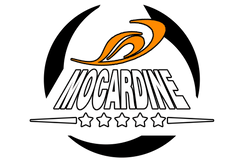
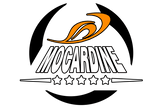

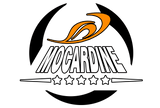
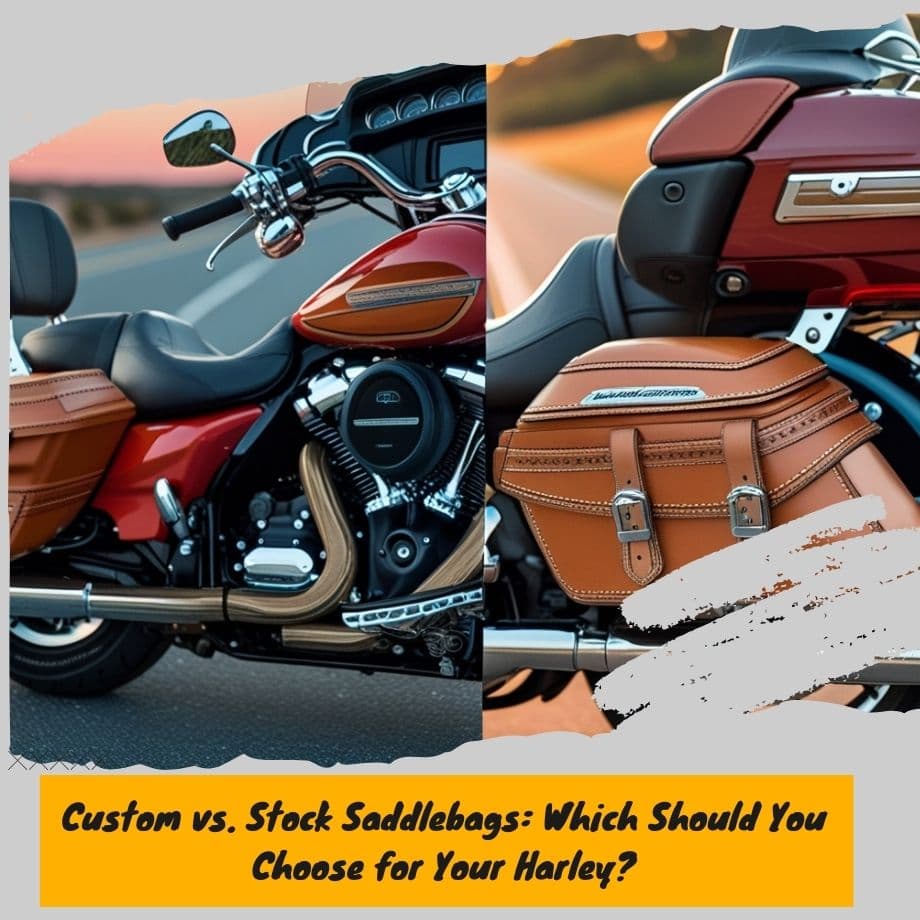
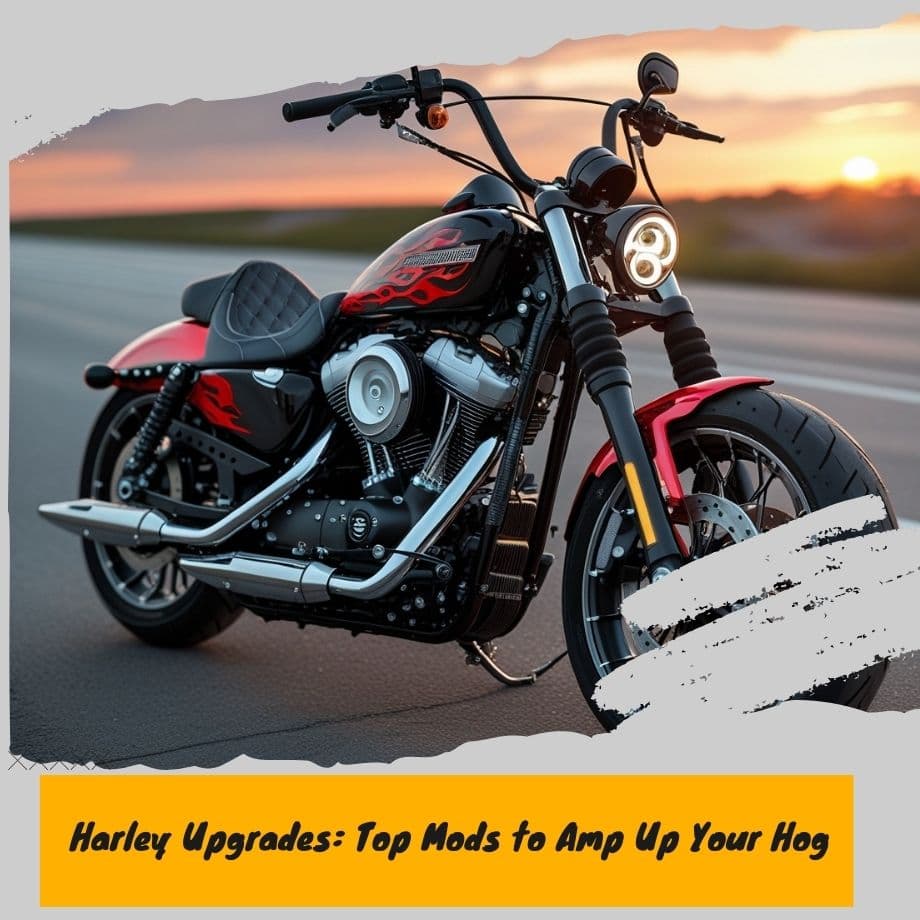
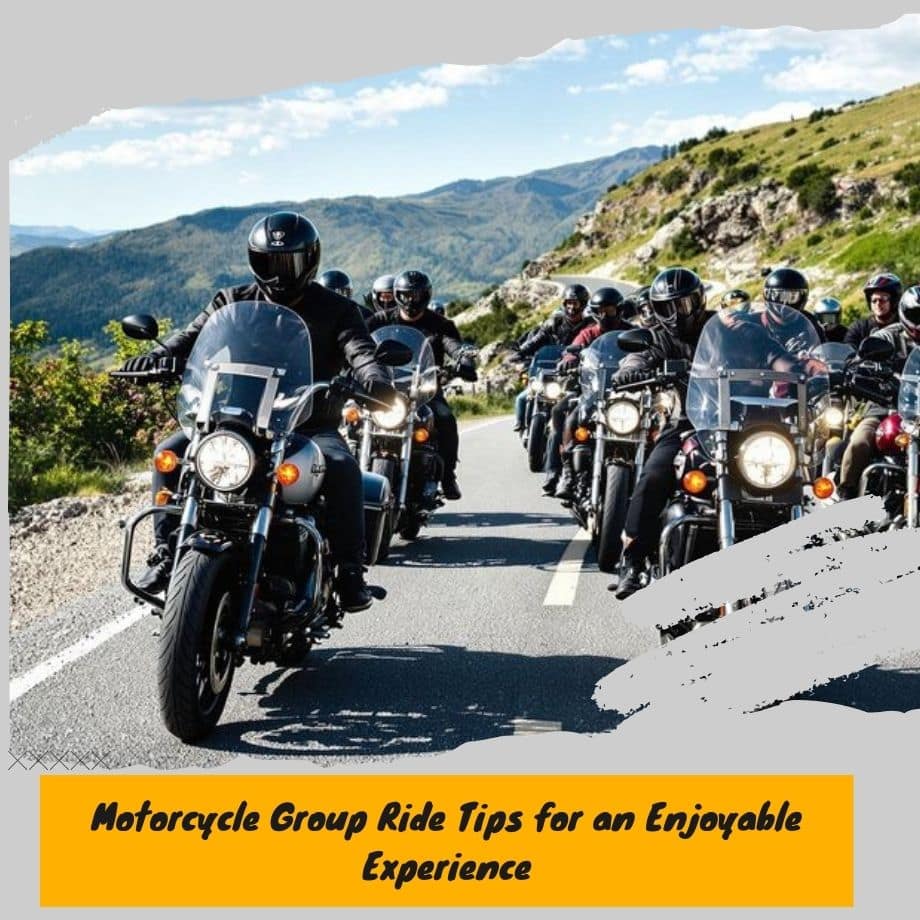
Leave a comment